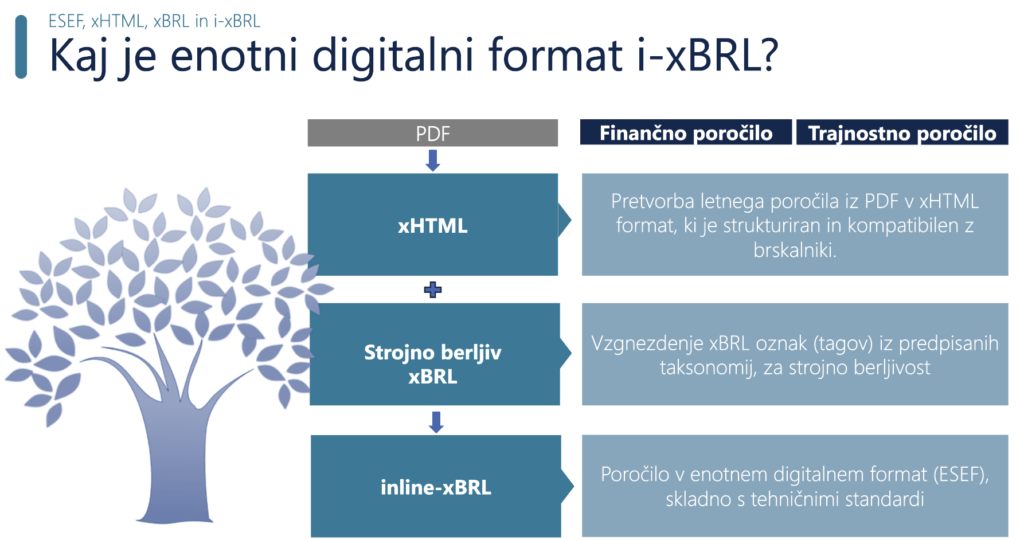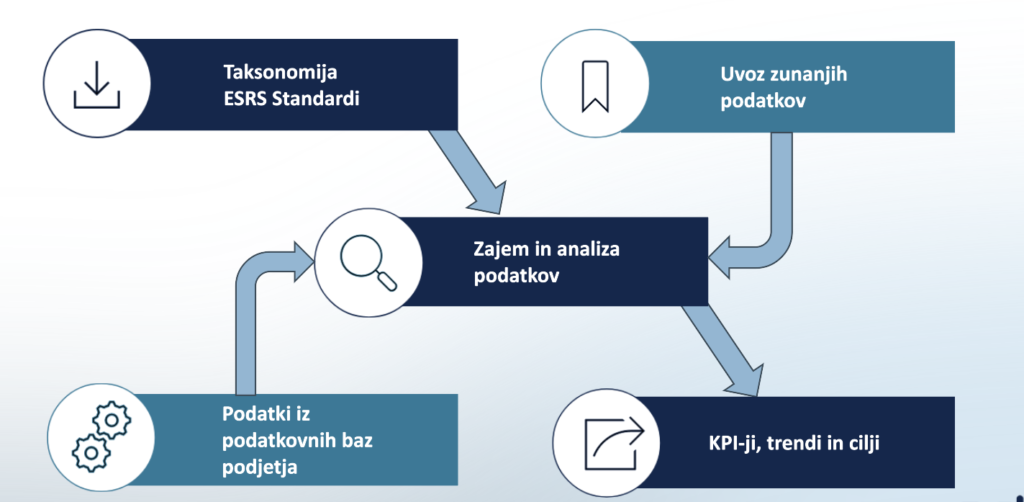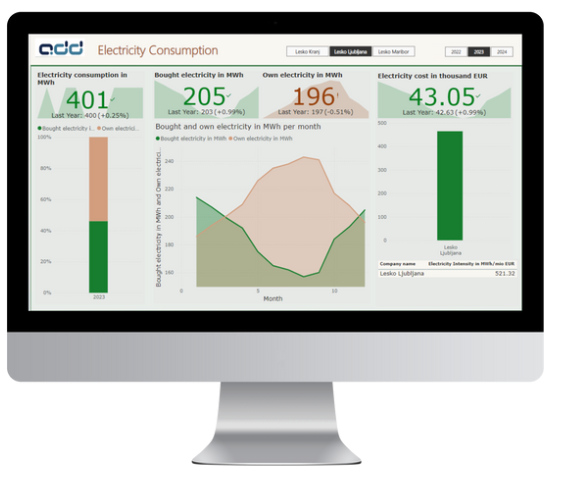By wordpress
ESG REPORTING
FROM DATA COLLECTION TO FINAL iXBRL FORMAT
The European Union’s Corporate Sustainability Reporting Directive (CSRD) supports the European Green Deal — a package of policy initiatives launched by the European Commission in December 2019, aimed at achieving climate neutrality by 2050 and protecting Europe’s natural habitat.
The directive came into force on January 5, 2023, and in some cases, obliges companies to start reporting as early as 2024. Over 50,000 companies based in the EU or with significant business operations in the EU will be subject to CSRD reporting. This directive introduces more extensive sustainability reporting requirements than any previous regulation.
CSRD replaces the existing Non-Financial Reporting Directive (NFRD), expanding and harmonizing sustainability reporting requirements for companies operating in the EU. By introducing unified reporting standards and assurance measures, it aims to enhance transparency, comparability, reliability, and accessibility of sustainability information.
Reports in Digital Format – iXBRL
Just as public companies are already required to submit annual reports in a standardized electronic format, the same is now true for ESG reports. Companies will be required to prepare reports in a machine-readable electronic format that complies with technical standards.
What is iXBRL?
iXBRL (Inline eXtensible Business Reporting Language) is a key aspect of preparing financial and non-financial reports. It offers several advantages:
Multilingual support: iXBRL supports multiple languages, which is especially important in the EU. Content in the HTML portion of the document can be displayed in any language appropriate for the report’s audience.
Standardized tags: Prescribed taxonomies ensure consistency and machine readability.
HTML-based format: Since iXBRL documents include HTML, visual content can be displayed in the company’s local language.
Metadata inclusion: iXBRL includes metadata describing the content and structure of the report.
Uniformity and consistency: Financial and non-financial statements are standardized and correctly tagged across all language versions.

ESG Reporting – From Data Collection to iXBRL-Formatted Reports
At ADD, we support clients with a wide portfolio of solutions that enable digital support throughout the entire ESG reporting process. Our services range from initial data governance assessments to preparing the final iXBRL-formatted reports. The main components of our offering include:
ESG Report Preparation in iXBRL Format: Our comprehensive service covers the entire process – from tagging the annual and/or ESG report to preparing the final submission package for validators or auditors. We support clients through external service delivery, guiding them from kickoff and alignment (including with auditors), to the finalized submission-ready package.
Support for Annual and Sustainability Reporting: Our platform allows financial and non-financial teams to collaborate in one space, serving as a single source of truth. With integrated ESG templates, we help clients streamline the creation of high-quality, compliant reports.
ESG Analytics (ESG BI)
Clients often face difficulties gathering the data required for sustainability reporting, as much of this data may not have been collected previously or has been tracked for different purposes. External data sources also need to be considered.
With over 20 years of experience in business analytics and data warehouse implementation, ADD combines technical expertise with deep industry knowledge — particularly in energy, manufacturing, and other sectors where energy efficiency is already a key business component.

To help clients gather and manage ESG data, we developed our ESG BI solution, which centralizes taxonomy guidance, pre-prepared data, and key performance indicators.
Our ESG BI solution enables you to:
- Track industry-relevant ESG KPIs (e.g., energy or water usage, workforce composition)
- Monitor and analyze trends and data
- Automatically collect and process internal and external data
- Log data with audit trails
- Access user-friendly dashboards and visualizations
- Expand and adapt your reporting model as regulations evolve



